When it comes to designing a restaurant kitchen, there are several factors that need to be taken into consideration. One of the most important resources for restaurant owners and designers is the National Restaurant Association's Kitchen Design Standards. These standards have been developed by industry experts and provide a comprehensive guide for creating a functional and efficient kitchen layout. Some of the key areas covered in these standards include the placement of equipment, the flow of workstations, and the overall layout of the kitchen. The goal is to create a space that maximizes productivity and minimizes the risk of accidents or injuries. By following these standards, restaurant owners can ensure that their kitchen is compliant with industry best practices.1. National Restaurant Association's Kitchen Design Standards
In addition to the National Restaurant Association's standards, the Food Service Technology Center (FSTC) also offers their own set of guidelines for commercial kitchen design. These standards focus on energy efficiency and sustainability, which are becoming increasingly important in the foodservice industry. The FSTC's guidelines cover everything from lighting and ventilation to water and waste management. By incorporating these standards into the design of a restaurant kitchen, owners can not only save money on utility costs, but also reduce their environmental impact.2. Commercial Kitchen Design Standards by the Food Service Technology Center
One of the most critical aspects of restaurant kitchen design is ensuring compliance with health department regulations. These regulations are in place to protect the health and safety of both employees and customers. Failure to comply with these regulations can result in fines, closures, and even legal action. Some of the key areas covered by health department regulations include proper sanitation, food storage, and the prevention of cross-contamination. It's important for restaurant owners to work closely with their local health department to ensure that their kitchen is up to code.3. Health Department Regulations for Restaurant Kitchen Design
The Americans with Disabilities Act (ADA) sets standards for accessibility in all public spaces, including restaurants. This means that restaurant owners must consider the needs of individuals with disabilities when designing their kitchen layout. Some of the key requirements for ADA-compliant kitchen design include accessible pathways, countertop heights, and door widths. By following these guidelines, restaurant owners can ensure that their kitchen is accessible to all individuals, regardless of their physical abilities.4. ADA Requirements for Restaurant Kitchen Design
While there are industry standards and regulations to follow, there are also some general best practices that can enhance the functionality and efficiency of a restaurant kitchen. For example, the "work triangle" concept, which involves positioning the stove, sink, and refrigerator in a triangle shape, is commonly used in kitchen design to minimize movement and increase productivity. Other best practices include using durable and easy-to-clean materials, incorporating ample storage space, and considering the needs of the specific type of cuisine being prepared. By combining these best practices with industry standards and regulations, restaurant owners can create a highly functional and effective kitchen space.5. Best Practices for Restaurant Kitchen Layout and Design
In addition to the FSTC's commercial kitchen design standards, there are also energy efficiency standards that should be considered when designing a restaurant kitchen. Energy-efficient equipment, such as ENERGY STAR certified appliances, can help reduce utility costs and minimize environmental impact. Incorporating natural lighting and utilizing energy-saving techniques, such as proper ventilation and insulation, can also contribute to a more energy-efficient kitchen. Not only is this beneficial for the environment, but it can also result in significant cost savings for restaurant owners in the long run.6. Energy Efficiency Standards for Restaurant Kitchen Design
Restaurant kitchens are at a high risk for fires due to the use of open flames, hot equipment, and cooking oils. That's why it's crucial for restaurant owners to adhere to fire safety regulations in their kitchen design. These regulations cover everything from the placement of fire extinguishers and emergency exits to the installation of fire suppression systems and proper ventilation. By following these regulations, restaurant owners can minimize the risk of fire hazards and ensure the safety of their employees and customers.7. Fire Safety Regulations for Restaurant Kitchen Design
Creating a comfortable and safe working environment for kitchen staff is essential for maintaining productivity and preventing injuries. That's where ergonomic considerations come into play. Ergonomic design involves the use of equipment and layouts that are specifically designed to reduce strain on the body and prevent injuries. This can include adjustable workstations, anti-fatigue mats, and proper lighting. By incorporating ergonomic principles into the design of a restaurant kitchen, owners can create a more comfortable and efficient workspace for their employees.8. Ergonomic Considerations in Restaurant Kitchen Design
As the world becomes more environmentally conscious, sustainability is becoming a top priority in all industries. In the foodservice industry, this includes sustainable practices in restaurant kitchen design. Some of the key considerations for sustainable kitchen design include minimizing food waste, using eco-friendly materials, and incorporating energy-efficient equipment. By implementing these practices, restaurant owners can not only reduce their environmental impact, but also appeal to eco-conscious customers.9. Sustainability Standards for Restaurant Kitchen Design
While it's important to adhere to industry standards and regulations, it's also crucial for restaurant owners to keep costs in mind when designing their kitchen. Fortunately, there are many cost-effective solutions that can help reduce expenses without sacrificing functionality or safety. For example, choosing durable and low-maintenance materials can save money on repairs and replacements in the long run. Additionally, utilizing space-saving techniques and optimizing the placement of equipment can help maximize the use of space and minimize the need for costly renovations.10. Cost-Effective Solutions for Restaurant Kitchen Design
The Importance of Restaurant Kitchen Design Standards

Creating a Functional and Efficient Kitchen Space
 When it comes to designing a restaurant, the kitchen layout and design plays a crucial role in its success. A well-designed kitchen can not only improve the overall functionality and efficiency of a restaurant, but it can also enhance the dining experience for customers. This is why adhering to
restaurant kitchen design standards
is essential for any restaurant owner or designer.
When it comes to designing a restaurant, the kitchen layout and design plays a crucial role in its success. A well-designed kitchen can not only improve the overall functionality and efficiency of a restaurant, but it can also enhance the dining experience for customers. This is why adhering to
restaurant kitchen design standards
is essential for any restaurant owner or designer.
Ensuring Safety and Sanitation
 One of the primary reasons for following
restaurant kitchen design standards
is to ensure the safety and cleanliness of the kitchen. A poorly designed kitchen can lead to accidents, injuries, and even food contamination. By following these standards, restaurant owners can create a safe environment for their employees to work in and produce high-quality food for their customers.
One of the primary reasons for following
restaurant kitchen design standards
is to ensure the safety and cleanliness of the kitchen. A poorly designed kitchen can lead to accidents, injuries, and even food contamination. By following these standards, restaurant owners can create a safe environment for their employees to work in and produce high-quality food for their customers.
Maximizing Space and Workflow
 A well-designed kitchen layout can also maximize the use of space and improve the workflow of the kitchen. This is especially important in small or compact kitchens where every inch of space counts. By incorporating
design standards
such as proper placement of equipment, efficient storage solutions, and designated work zones, a kitchen can operate smoothly and efficiently, ultimately leading to increased productivity and profitability.
A well-designed kitchen layout can also maximize the use of space and improve the workflow of the kitchen. This is especially important in small or compact kitchens where every inch of space counts. By incorporating
design standards
such as proper placement of equipment, efficient storage solutions, and designated work zones, a kitchen can operate smoothly and efficiently, ultimately leading to increased productivity and profitability.
Meeting Industry Standards and Regulations
 Another essential aspect of following
restaurant kitchen design standards
is to comply with industry regulations and standards. Health and safety codes, building codes, and fire safety regulations all have specific requirements for restaurant kitchens. By adhering to these standards, restaurant owners can avoid potential legal issues and ensure their kitchen is up to code.
Another essential aspect of following
restaurant kitchen design standards
is to comply with industry regulations and standards. Health and safety codes, building codes, and fire safety regulations all have specific requirements for restaurant kitchens. By adhering to these standards, restaurant owners can avoid potential legal issues and ensure their kitchen is up to code.
Attracting and Retaining Customers
 In addition to the practical reasons for following
restaurant kitchen design standards
, a well-designed kitchen can also attract and retain customers. A visually appealing and efficient kitchen can enhance the dining experience for customers, making them more likely to return and recommend the restaurant to others. With the rise of social media and online reviews, a well-designed kitchen can also be a powerful marketing tool for a restaurant.
In conclusion, adhering to
restaurant kitchen design standards
is crucial for creating a functional, safe, and attractive kitchen space. It not only improves the overall operations of a restaurant but also enhances the dining experience for customers. By carefully considering these standards during the design process, restaurant owners can set their business up for success.
In addition to the practical reasons for following
restaurant kitchen design standards
, a well-designed kitchen can also attract and retain customers. A visually appealing and efficient kitchen can enhance the dining experience for customers, making them more likely to return and recommend the restaurant to others. With the rise of social media and online reviews, a well-designed kitchen can also be a powerful marketing tool for a restaurant.
In conclusion, adhering to
restaurant kitchen design standards
is crucial for creating a functional, safe, and attractive kitchen space. It not only improves the overall operations of a restaurant but also enhances the dining experience for customers. By carefully considering these standards during the design process, restaurant owners can set their business up for success.



.jpg?VersionId=tapy2G9jMef6UsFEMz_7K0dbzAbaQlGj)


_9.jpg?VersionId=fMTo6gMtPY62AJpoycM1WYCHOqG9hXqB)









-p-1080.png)


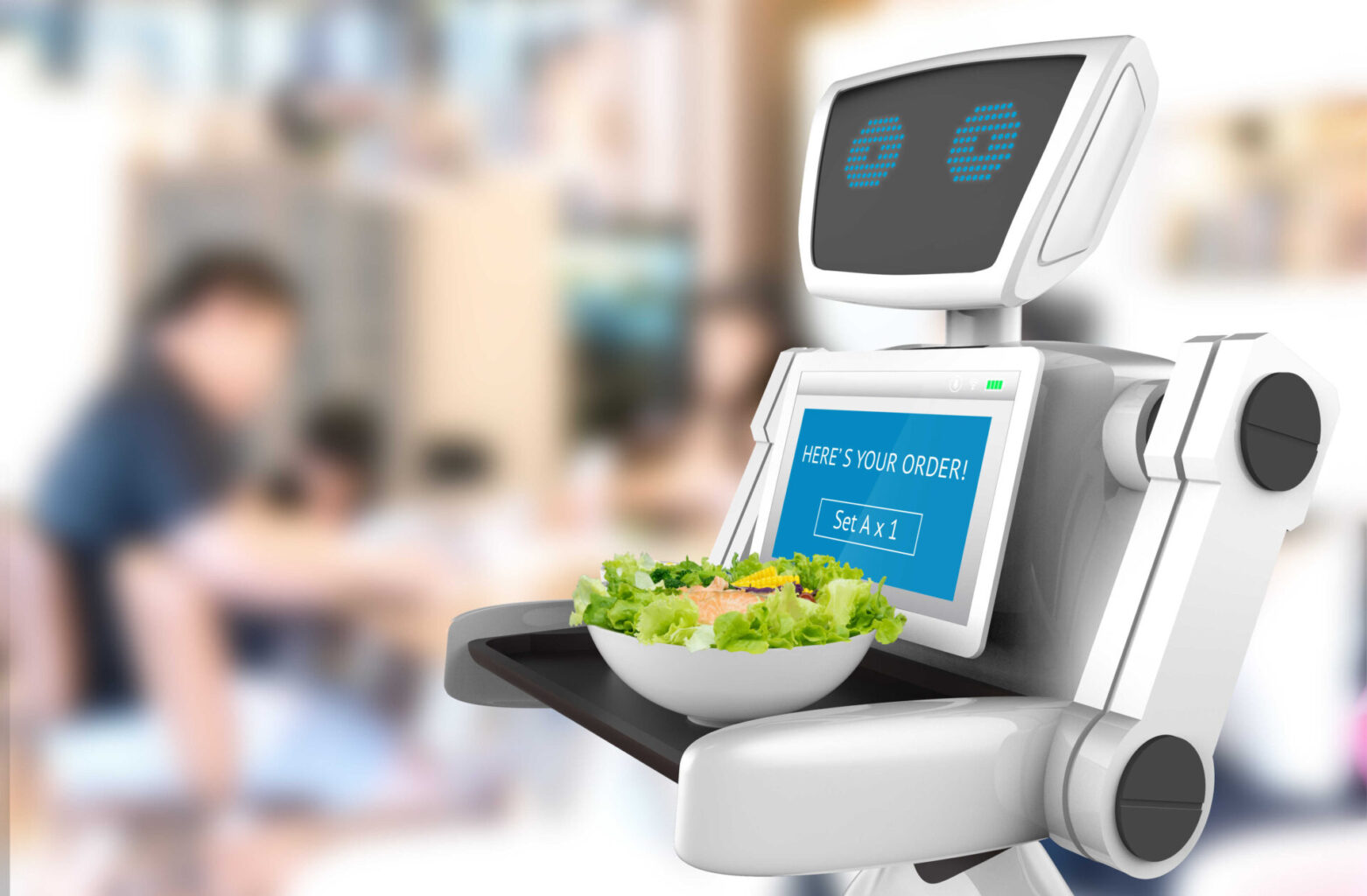


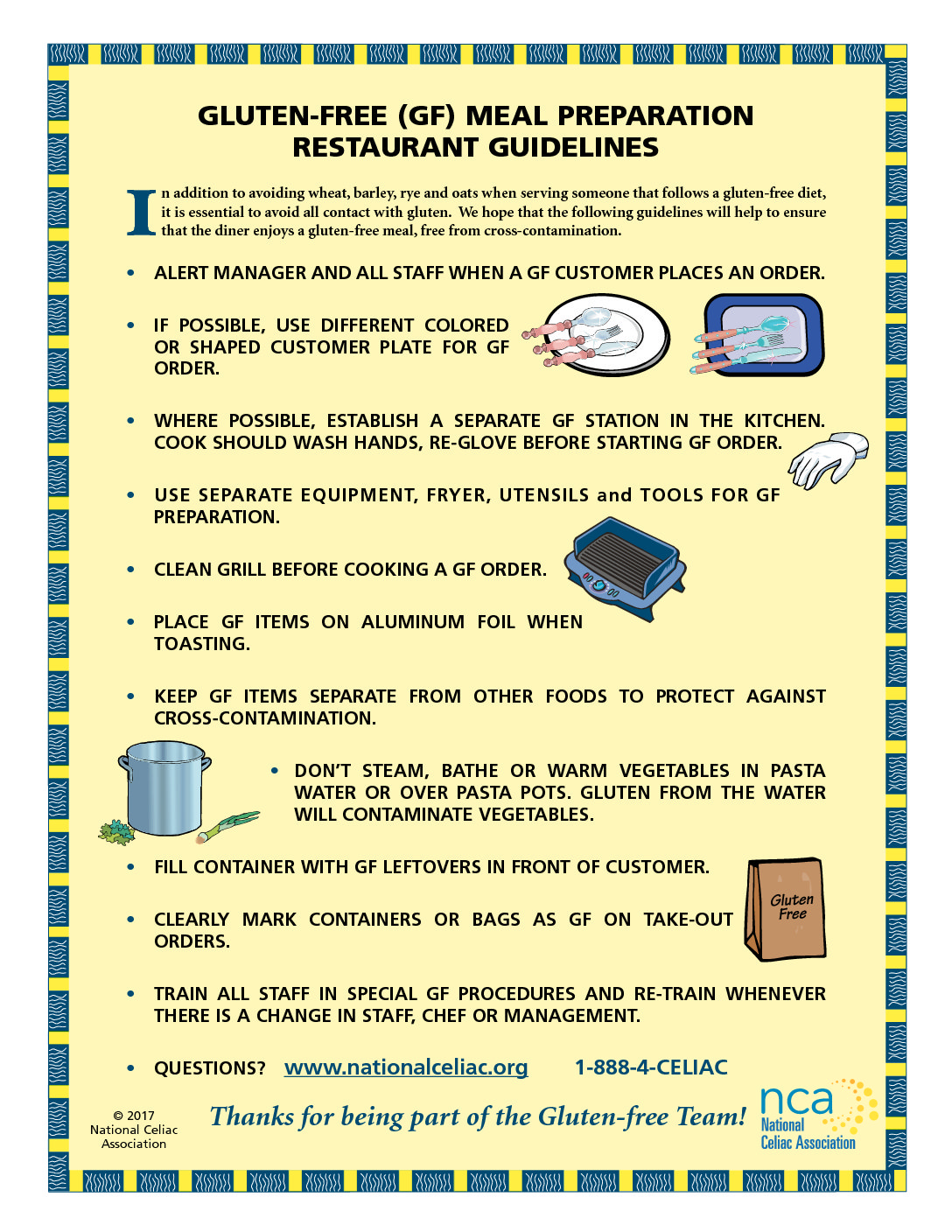


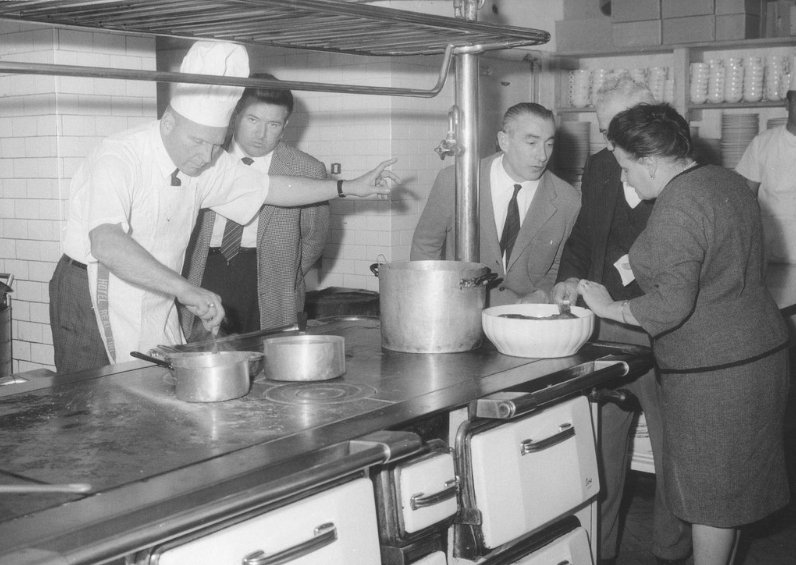










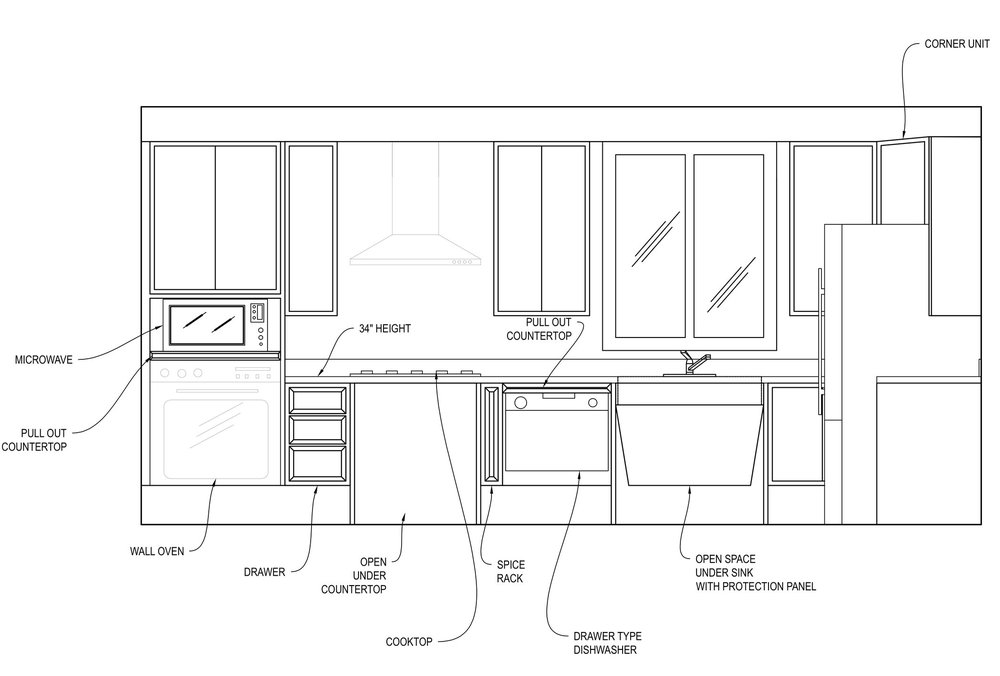

 (1) (1) (1) (1) (4).jpg)





















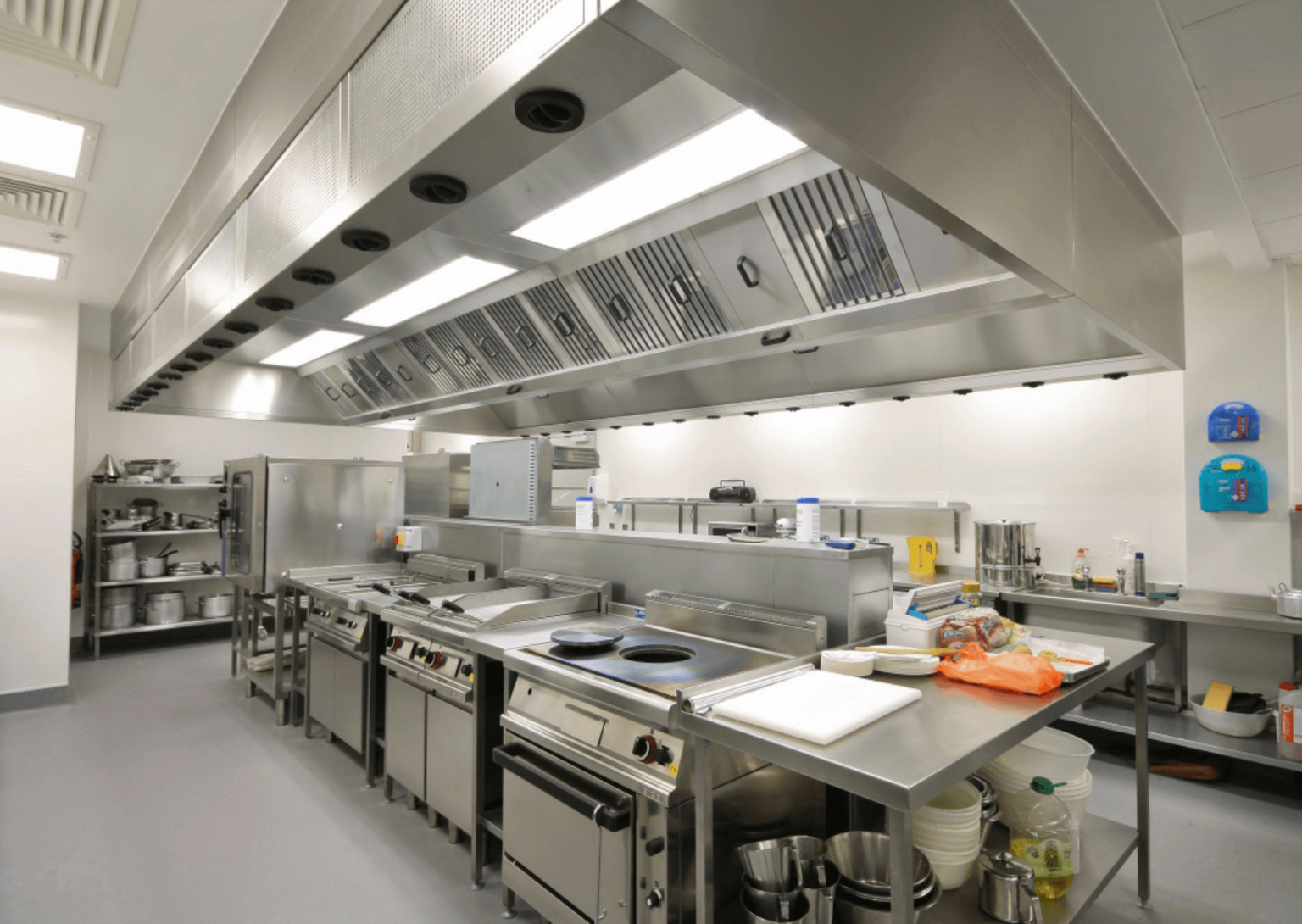


















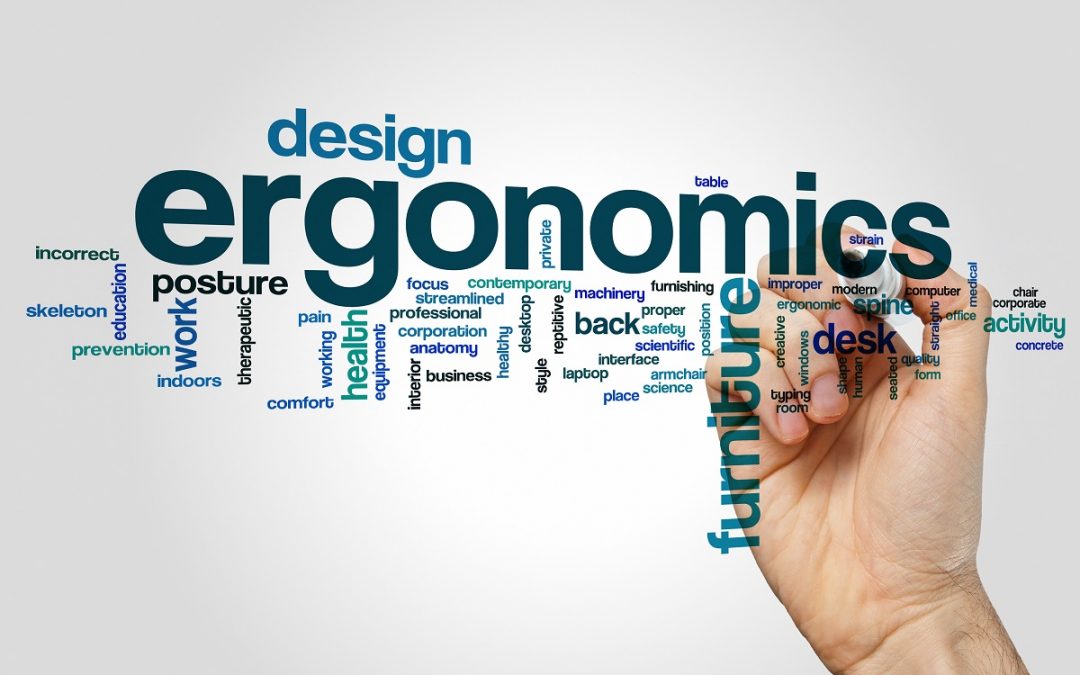

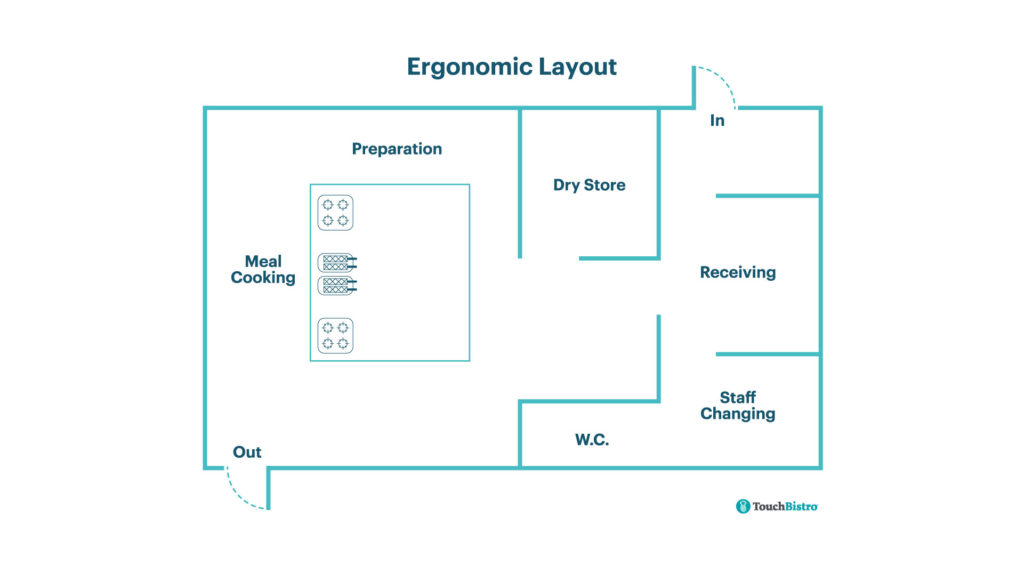




















.png)








